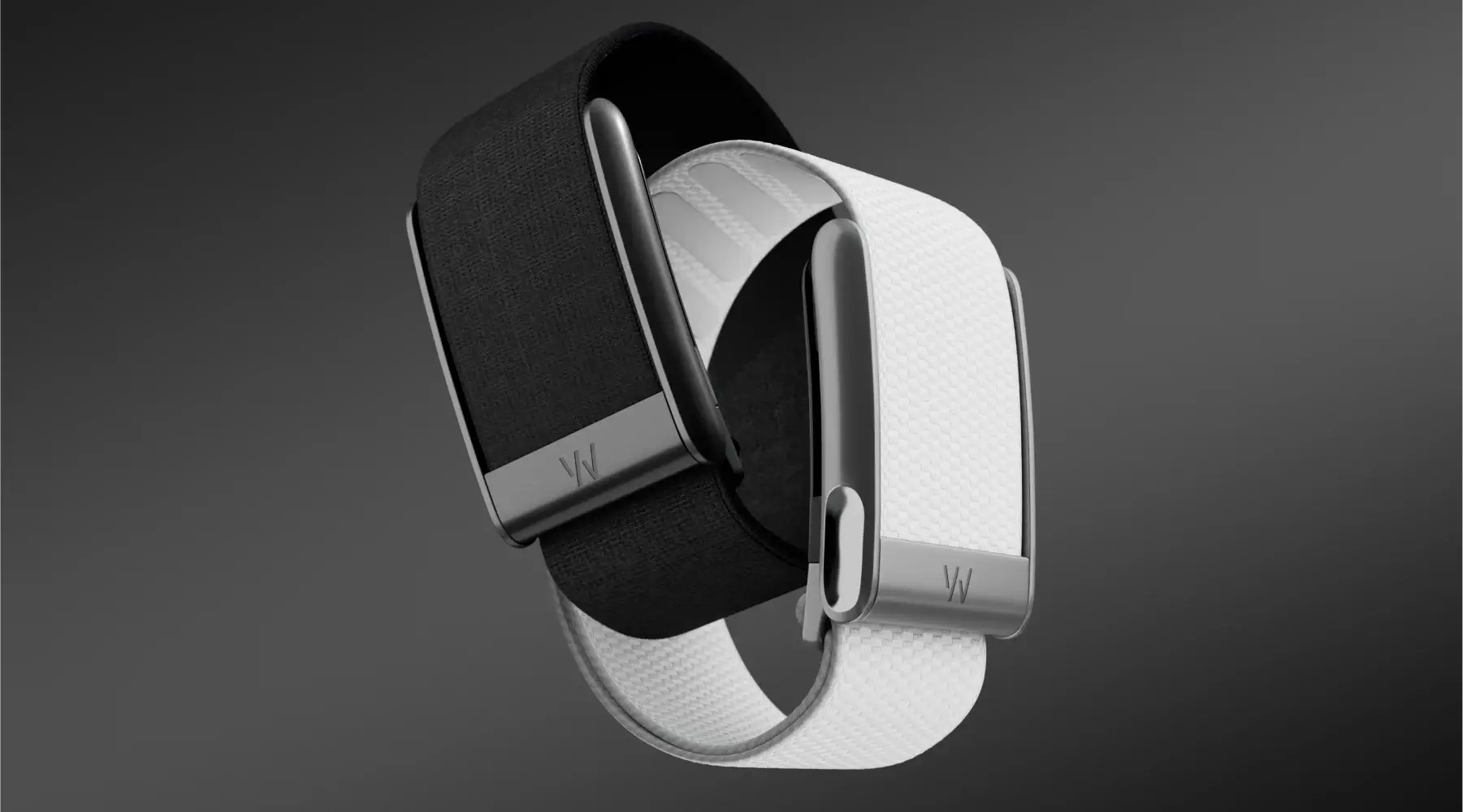The fitness tracker company Whoop is facing significant customer backlash after altering its policy regarding free hardware upgrades. The change, which requires users to either extend their membership by a year or pay an upgrade fee for the new Whoop 5.0 and Whoop MG devices, contradicts previous promises of free upgrades for long-term subscribers. This perceived breach of trust has ignited anger among its user base, with many expressing their disappointment and threatening to cancel their subscriptions.
Whoop operates on a subscription-based model, setting it apart from competitors that sell their devices outright. The company has long emphasized that its membership includes access to the latest hardware at no additional cost, enticing users with the promise of continuous access to cutting-edge technology. This model fostered a sense of loyalty, with many choosing Whoop over competitors like Apple Watch and Garmin, specifically because of the free upgrade perk.
The controversy arose with the launch of the Whoop 5.0 and Whoop MG. Initially, Whoop announced that users would need to either extend their subscriptions by 12 months or pay a one-time fee of $49 for the Whoop 5.0 or $79 for the Whoop MG to receive the new trackers. This announcement was met with immediate criticism, as it directly contradicted the previously advertised policy of free hardware upgrades for members subscribed for six months or more.
The backlash quickly spread across social media platforms, particularly on the Whoop subreddit, where users voiced their frustration and disappointment. Many felt betrayed by the sudden change in policy, accusing Whoop of a "bait-and-switch" tactic. Some users pointed out that they had specifically chosen Whoop because of the promise of free upgrades, and the new policy made the subscription less appealing compared to competitors.
Faced with mounting pressure, Whoop partially reversed its decision. The company announced that members with more than 12 months remaining on their subscriptions would be eligible for a free upgrade to the Whoop 5.0. Additionally, users who had already paid the upgrade fee despite having more than 12 months left on their membership would receive a refund. However, the revised policy still requires those with less than 12 months remaining to either extend their subscription or pay the upgrade fee.
Whoop also addressed a now-deleted blog post that stated members would receive free upgrades after six months of subscription. The company claimed that the post was published in error and that the policy was never intended to be in effect. This explanation, however, was met with skepticism from some users, who argued that the company should take responsibility for the misleading information rather than dismissing it as a mistake.
Despite the partial reversal, many customers remain unhappy. Some users with nearly a year left on their subscriptions are still ineligible for the free upgrade, leading to continued frustration. Others feel that Whoop has damaged its reputation and eroded customer trust, regardless of the policy change. The incident highlights the importance of clear and consistent communication, especially for companies relying on subscription-based models.
The controversy also underscores the increasing competition in the fitness tracker market. With the Apple Watch Series 10 and other advanced wearables on the horizon, Whoop's decision to backtrack on its promise may drive some customers to explore alternative options. The company's long-term success will depend on its ability to regain customer trust and demonstrate its commitment to providing value through its subscription model.
In addition to the upgrade controversy, Whoop has also introduced a new premium membership tier called Whoop Life, which includes access to the Whoop MG device with medical-grade capabilities. This new tier further complicates the upgrade situation, as some users feel that they should be entitled to the Whoop MG as part of their existing subscription, given the company's previous emphasis on providing the "latest and greatest" hardware.
Whoop's decision to alter its upgrade policy has undoubtedly created a challenging situation for the company. While the partial reversal and clarification attempt may appease some customers, the damage to consumer trust and brand perception could have lasting consequences. Moving forward, Whoop will need to carefully consider its communication strategy and prioritize customer satisfaction to maintain its position in the competitive fitness tracker market.

















